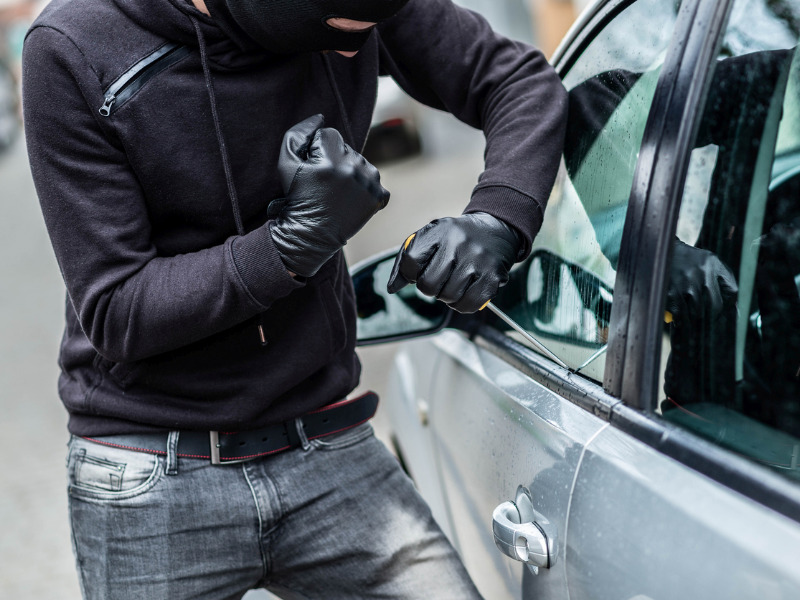P&C industry reacts to Ontario’s crackdown on auto theft

The Ontario Government is investing $51 million dollars to counter the rise of auto theft.
Auto theft in the first three months of 2023 has exceeded the previous year’s first quarter, Bryan Gast, Équité Association’s vice president of investigative services, tells Canadian Underwriter. “And last year was the highest year that we’ve ever seen, so 2023 is shaping up to be a very bad year.”
Ontario’s investment, delivered over the next three years, will help the province crack down on organized auto theft crime networks through:
The creation of an Organized Crime Towing and Auto Theft Team led by the Ontario Provincial Police (OPP)
The creation of a new Major Auto Theft Prosecution Response Team
A new community safety grant that targets auto theft
“Year-over-year [auto theft] has been increasing to the point where in 2021 it cost over $400 million, and that’s just in Ontario,” Gast says. “And then in 2022, we’re [still] finalizing the numbers, but it’s trending that it’s going to be over $600 million.”
Across the entire nation, auto theft costs well over $1 billion dollars, he adds.
Gast says the Greater Toronto Area’s large volume and concentration of high-value vehicles, as well as its proximity to the port of Montreal, means Ontario leads all provinces in auto thefts.
The Ontario government is also investing $1.4 million over three years in the Greater Toronto Area-Greater Golden Horseshoe Investigative Fund to help stop the illegal export of stolen vehicles and target violent crime linked to criminal organizations.
Additionally, through a further $13.4-million investment this year, Ontario is continuing to target organized crime behind gang operations, such as vehicle theft rings. The government is also exploring a partnership with Canada Border Services Agency, Royal Canadian Mounted Police and shipping container and rail companies to curb these thefts.
Gast says these domestic crime groups are taking advantage of the supply chain issues.
“It’s lucrative,” he says. “We call it commodity-based money laundering. You’re essentially taking a commodity, shipping it overseas and profiting from the sale of that vehicle, so one transaction could easily be over $100,000.”
Gast believes the government’s most recent initiatives will help deter these “high-reward, low-risk” thefts by ramping up crime enforcement.
Insurance Bureau of Canada has also commended the Government of Ontario on its announcement to curb auto theft.
“Across Ontario, auto theft has become an increasingly prevalent concern, with a vehicle stolen every 48 minutes,” says Kim Donaldson, IBC’s vice president of Ontario. “This new funding is a meaningful and positive step towards better protecting Ontarians and their families.”
Just last week, Toronto police said they recovered more than 550 stolen vehicles, worth an estimated $27 million, during an ongoing auto theft investigation — dubbed Project Stallion — that began last year.
A total of 119 people are facing 314 criminal charges following the recovery of 556 stolen vehicles.
Police say the vehicles were all recovered in the Toronto area and many were bound for the Port of Montreal. From there, they would be shipped to lucrative overseas car markets.
About 9,500 cars were stolen throughout Toronto last year, according to the Canadian Press.
Feature image by iStock.com/djedzura







